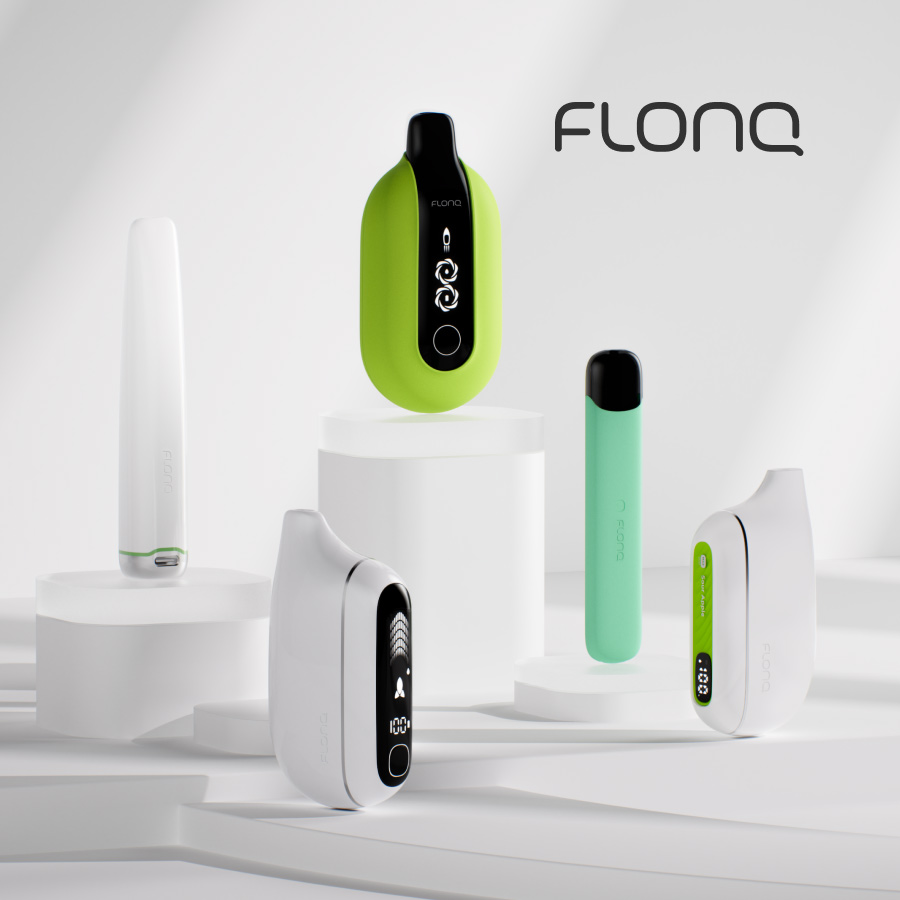Winners and Losers
- This Issue
- August 17, 2020
- 14 minutes read
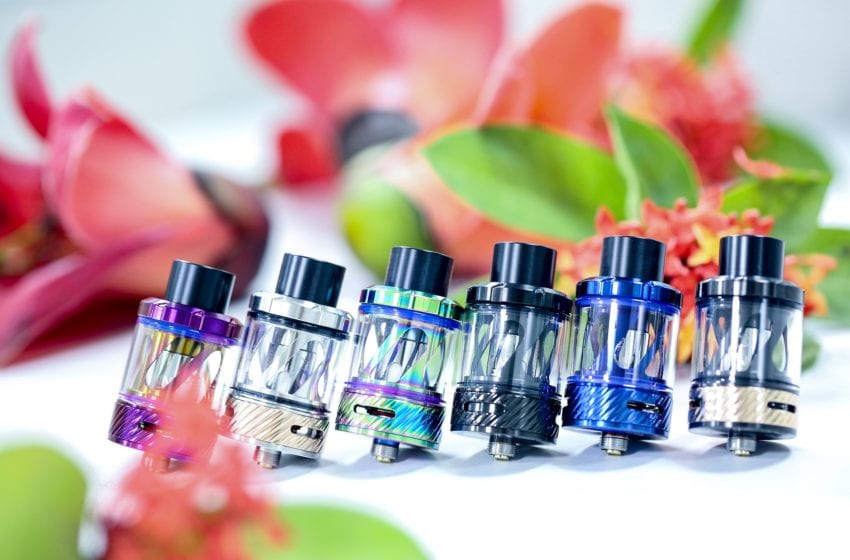
Credit: Haiberliu – Pixabay
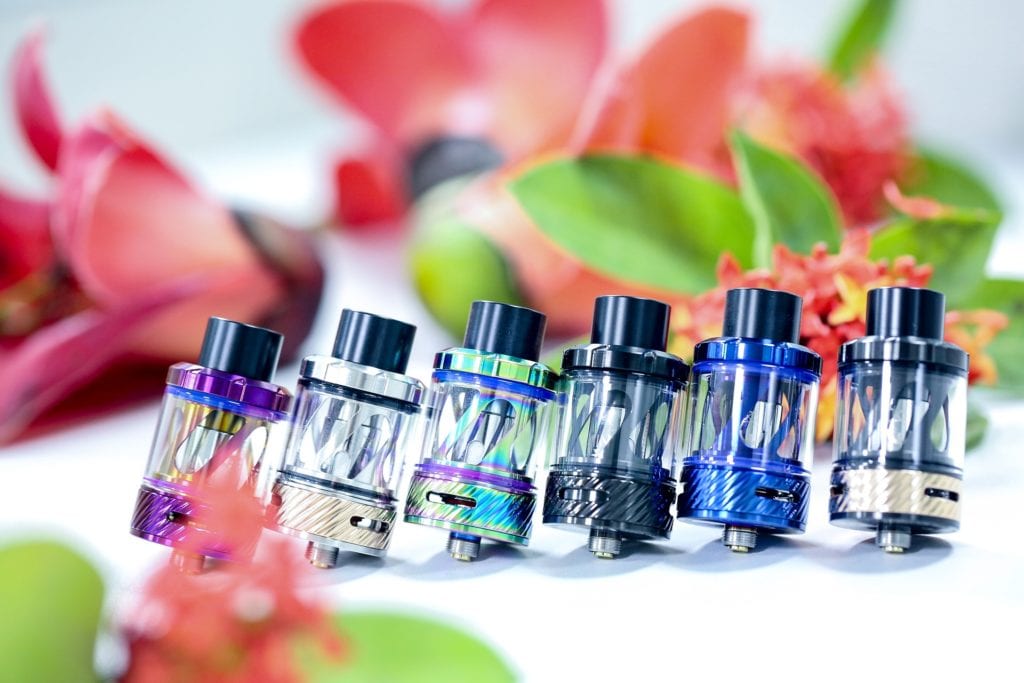
The e-cigarette industry continues to shift in the Covid-19 environment.
By Maria Verven
The market for nicotine in all its forms is undergoing seismic shifts. While sales of nicotine products have been up slightly in the first half of 2020, the greatest growth was in the sales of traditional cigarettes. And when traditional cigarettes win, e-cigarettes lose.
A TROUBLING TREND
Despite the fact that vaping is considered a much safer alter-native to smoking by reputable public health organizations, the data is showing a troubling trend: Some vapers are return-ing to traditional cigarettes.
“Over the last several months, we’ve observed an increase in the number of age 50 and older smokers in the ciga-rette category,” said Altria CEO Billy Gifford in an April investor call.
“We believe these smokers had previously switched to e-vapor products but recently returned to cigarettes due to negative publicity and regulatory and legislative developments in the e-vapor category.”
These same factors were in evidence during Altria’s July investor call when they credited the U.S. Food and Drug Administration (FDA) flavor ban for “helping the overall cigarette category” and predicted that the FDA’s premarket tobacco product application (PMTA) process will pause the growth in the e-cigarette market for the reasonable future.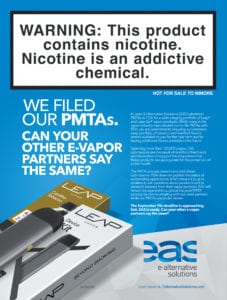
“This is really unfortunate and a sign of serious misinfor-mation and misperceptions about the large risk difference between smoking and harm reduction nicotine products,” said Konstantinos Farsalinos, a cardiologist, clinical researcher with the Onassis Cardiac Surgery Center in Athens and an e-cigarette expert.
“Drastic measures are needed so that smokers receive reasonable, unbiased and evidence-based messages to make informed decisions,” Farsalinos said.
“This dramatic change in the market coincides with the concerted attacks on vaping over the past year,” said David Sweanor, an adjunct law professor at the University of Ottawa and the author of several e-cigarette studies. “By undermining the low-risk alternatives to cigarettes, they protected the cigarette business.”
STEADY DECLINE SINCE LAST SUMMER
According to Nielsen data reported in July, traditional ciga-rettes represented 80 percent of all U.S. tobacco sales, with $60 billion in convenience store sales over the past 52 weeks.
Meanwhile, U.S. sales of e-cigarettes represented only 5 percent of the market, with sales at $3.8 billion.
In 2019, the global e-cigarette market reached a value of $13 billion and was expected to reach $53 billion by 2024, according to VnyZ Research USA. The U.S. share of the e-cigarette market was predicted to reach $16.5 billion by 2024.
These rosy projections now fly in the face of the steady decline in the growth of e-cigarette sales volume since Nielsen’s August 2019 report when it was up 60 percent year over year.
Sales of traditional cigarettes have always eclipsed e-cigarette sales. But overall, e-cigarette sales have been down around 20 percent this year, according to Bonnie Herzog, managing director at Goldman Sachs and research analyst who has followed the tobacco industry for more than 20 years.
Much of the decline in e-cigarette sales may be due to the dramatic decline in Juul’s market, which was down around 33 percent after concerted attacks and bans on popular offerings.
However, several other factors have clearly contributed to the impact on the overall market, including the vaping scare last year, media reports of a youth “epidemic” and the FDA’s flavor restrictions on the refill market.
In January 2020, the FDA announced it would enforce its policies banning unauthorized flavored e-cigarette products that it claims might appeal to youth—without regard to the appeal to adults who will otherwise smoke cigarettes—including fruit and mint flavors—indeed, any flavors except for tobacco and menthol.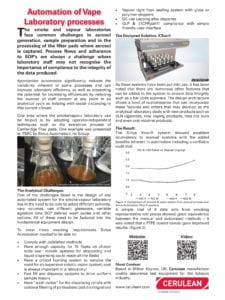
The agency gave companies 30 days to remove fruit-flavored and dessert-flavored products from their shelves and apply for marketing authorization by Sept. 9.
The FDA’s restrictions on the refill market, which repre-sents nearly 90 percent of the total category, had an immedi-ate and dramatic effect on the e-cigarette market, according to Herzog.
FDA THREATS CONTRIBUTE TO MARKET CONTRACTION
For months after the FDA’s announcement, the sales of e-cigarettes continued to trend downward by at least 13 percent in June 2020, with the possible exception of R.J. Reynolds’ Vuse. Vuse swiftly rose in popularity, taking second place only to Juul with nearly 16 percent market share. But Vuse is not without problems of its own.
Altria Group, which owns a 35 percent nonvoting stake in Juul Labs, which the Federal Trade Commission is seeking to scupper, filed a lawsuit in May against R.J. Reynolds Vapor Co. seeking “treble damages” (triple the damage amount) in its claim that Vuse violated nine of Altria’s patents involving heating technology, mouthpieces, batteries and liquid-filled pods.
R.J. Reynolds had already filed its own patent infringement lawsuits against both Altria and Philip Morris International over the technology behind Marlboro HeatSticks, a competi-tor of Reynolds’ Eclipse line, that heats rather than burns the tobacco in cigarettes.
While Juul continues to reign supreme in the convenience store market, representing roughly 60 percent of sales, its market share has declined about 10 percent over the past year.
Juul has taken much of the heat around the teen vaping “epidemic,” causing the company to stop advertising its prod-ucts in the U.S. and cease production of most of its flavors. In two rounds of layoffs, Juul slashed about 40 percent of its workforce, a direct result of its declining sales.
However, according to market research firm IRI, Juul remains the market leader in convenience stores and simi-lar outlets. Valued at $38 billion at the time of the Altria investment, Juul’s first-quarter sales reportedly reached $394 million. If the trend continues, Juul sales could fall somewhere between the $1.3 billion in sales reported in 2018 but significantly shy of the $2 billion in sales reported last year.
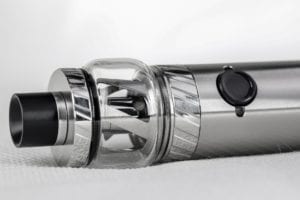
Juul’s biggest hurdle may be this fall when the FDA starts reviewing Juul’s PMTA, which the company submitted in late July along with scientific studies showing its products are healthier alternatives for smokers as well as plans to prevent minors from using its products.
DISPOSABLE MARKET GAINS TRACTION
When one nicotine category slows, another tends to gain traction.
This rule definitely holds true in the e-cigarette market where the contraction in the refill market allowed the much smaller disposable market to thrive.
Disposable devices openly exploited the loophole in the FDA’s regulations that banned fruit and dessert flavors in refillable cartridge-based e-cigarettes.
For example, Puff Bar, one of the market leaders in the disposable category, boasts more than 20 flavors, including pina colada, pink lemonade and watermelon cartridges that are compatible with Juul devices.
Puff Bar, Stig and other small but fast-growing players like Fogg were the biggest winners, said Herzog, due to the fact that the disposable e-cigarette segment fell outside of the FDA’s flavor restrictions.
Based on convenience store data and retailer data but exclusive of online and vape store sales, Puff Bar is reportedly selling over 300,000 sticks a week with weekly sales of over $3 million.
However, pressure is mounting among House lawmakers to ban the fast-growing e-cigarettes that quickly replaced Juul as the most popular vapes among young people.
And in July, the FDA sent warning letters to Cool Clouds Distribution (doing business as Puff Bar), HQD Tech USA, Myle Vape, Eleaf USA, Vape Deal, Majestic Vapor, E Cigarette Empire, Ohm City Vapes, Breazy and Hina Singh Enterprises (doing business as Just Eliquids Distro demanding they remove flavored disposable e-cigarettes that appeal to youth from the market because they lack the required premarket authorization.

The FDA also cited Puff Bar and HQD Tech USA for stating that their products were modified-risk tobacco products without having received FDA permission to make such claims.
The FDA also recently blocked imports from EonSmoke and Relx, two Chinese manufacturers of flavored dispos-able e-cigarettes. Over the past several months, the FDA has banned at least 74 entries of disposable electronic nicotine-delivery system (ENDS) products from being sold in the U.S. that were in violation of the Federal Food, Drug and Cosmetic Act.
“The FDA continues to prioritize enforcement against e-cigarette products, specifically those most appealing and accessible to youth,” said FDA Commissioner Stephen M. Hahn. “We want to make clear to all tobacco product manu-facturers and retailers that, even during the ongoing pan-demic, the FDA is keeping a close watch on the marketplace and will hold companies accountable.”
NEGOTIATING THE ROADBLOCKS
Clearly, the vapor market is being held hostage by the FDA as well as local regulatory bodies. Only those that can successfully navigate the regulatory roadblocks will be able to survive. A key deadline is approaching on Sept. 9, the date when manufacturers must submit a PMTA for FDA approval. After that date, the clock starts ticking; manufacturers will have up to a year from that date to secure FDA compliance or they must sell off their vapor products.
The biggest hurdle for companies is the requirement that they must prove that their products demonstrate a net ben-efit to public health.
Only those with deep pockets can possibly jump through the FDA’s hoops to demonstrate that their products provide a healthier alternative to smokers who make the switch.
Despite the costs, at least 30 applications for FDA approval of vapor products are pending—with no guarantee that these applications will be approved.
It’s a safe bet that the e-cigarette brands associated with the tobacco giants, including Altria with its minority stake in Juul, R.J. Reynolds Vapor Company with its Vuse, and Imperial Brands, which owns Blu, will be among the first in line to seek FDA approval.
Sweanor sees the situation in stark terms.
“If we want to see low-risk alternatives destroy the exceedingly lucrative but devastatingly lethal cigarette business, policies that hand the market to Big Tobacco [are] like giving control of the alternative energy market to Exxon,” he said. V
The original “Vaping Vamp,” Maria Verven owns Verve Communications, a PR and marketing firm specializing in the vapor industry.
